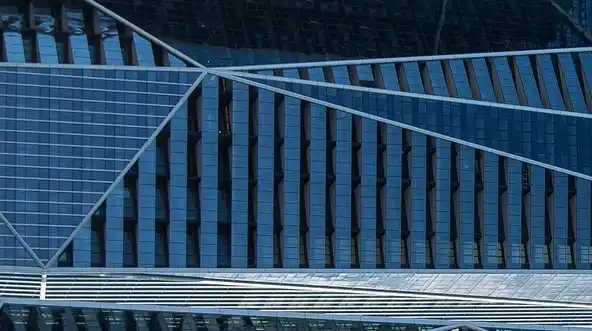A lot of investors don’t give much thought to the way they choose to pay for their deposits but it can impact borrowing capacity and tax effectiveness.
There are basically three choices when it comes to paying your investment property deposit so it is well worth giving it some thought and selecting the best option for you.
Cash
Investors can use savings to pay for a deposit and indeed in some cases this is the only option.
Equity
If you use equity from another property to pay a deposit without releasing the equity as a top-up or equity release you have done what’s known as cross collateralised.
Cross collateralisation means your new investment loan is secured against two properties and this can be a bad structure that causes issues down the track, reduces flexibility and puts your investment at risk.
Borrowed equity
If you already own property this can be a better option to pay your deposit for a new investment.
When paying deposits using borrowed equity, funds are released from the existing property as an equity release or top-up and then used for the deposit and remaining purchase funds are borrowed against the new property.
Using borrowed equity can be tax effective, allowing the investor to borrow 100 per cent of the purchase price and government charges thereby maximising deductible interest.
Choosing the right method for you comes down to your personal situation but as a general rule if you’re buying an investment it’s usually best to borrow the deposit through a separate equity release and if you’re buying a principal place of residence it’s often best to use a cash deposit.
Talk to Perry Finance today to discuss the best tax effective option for you when paying for a deposit.



